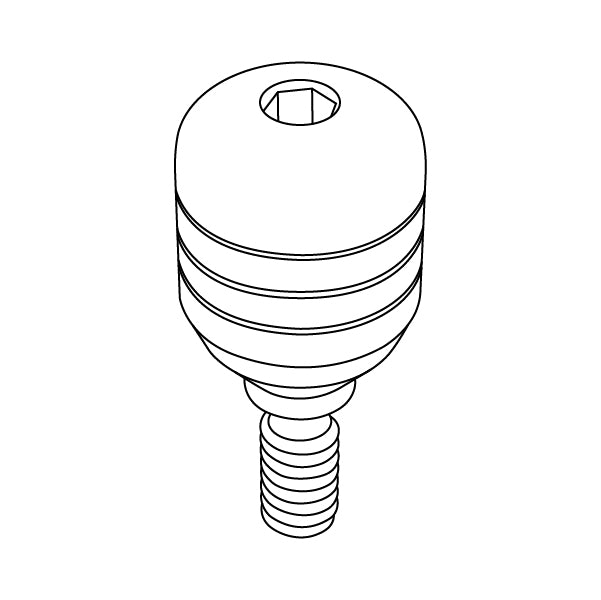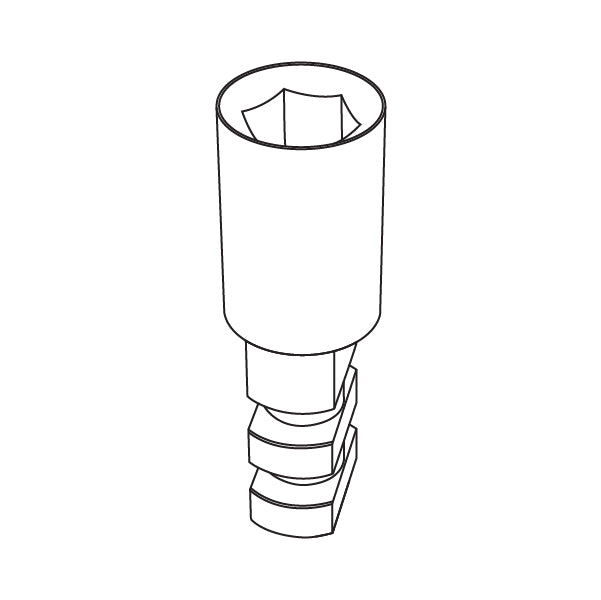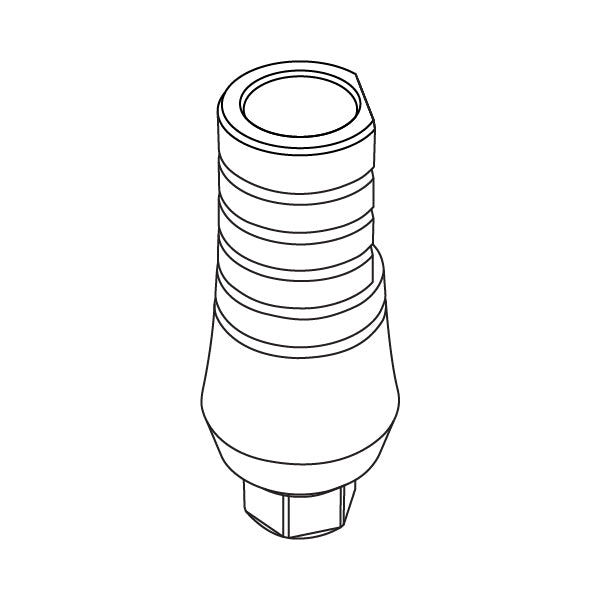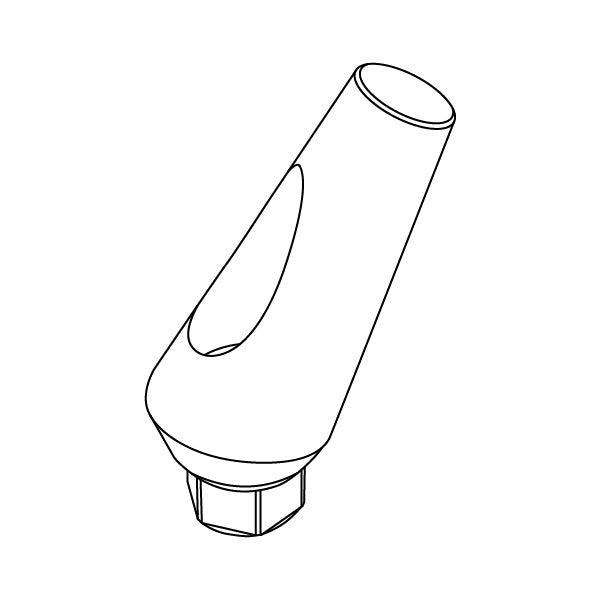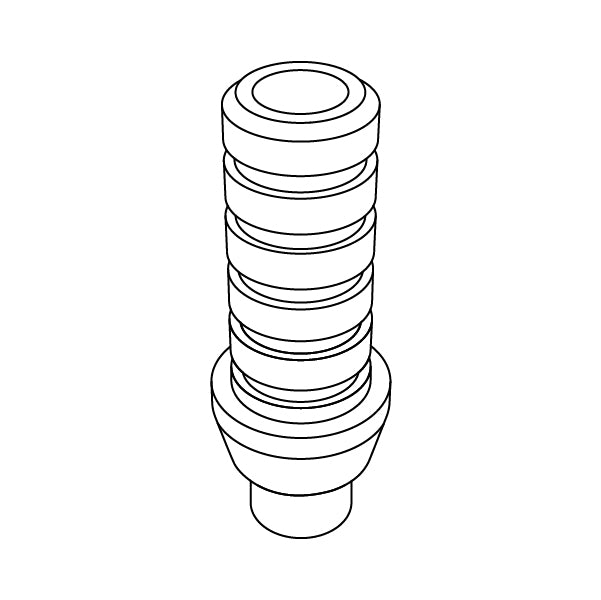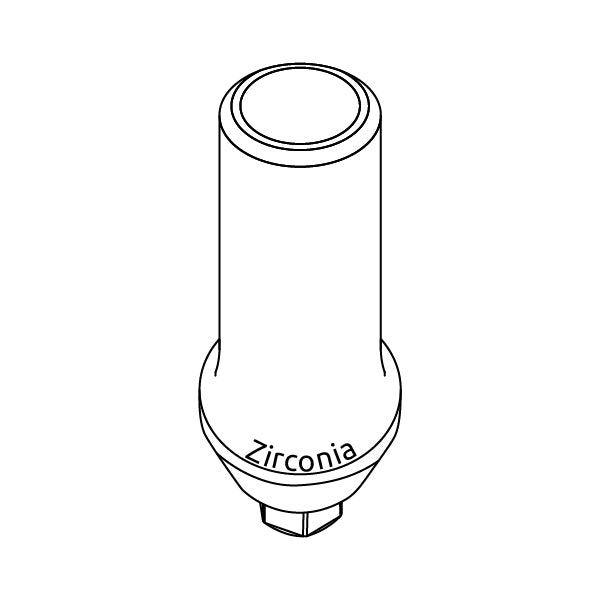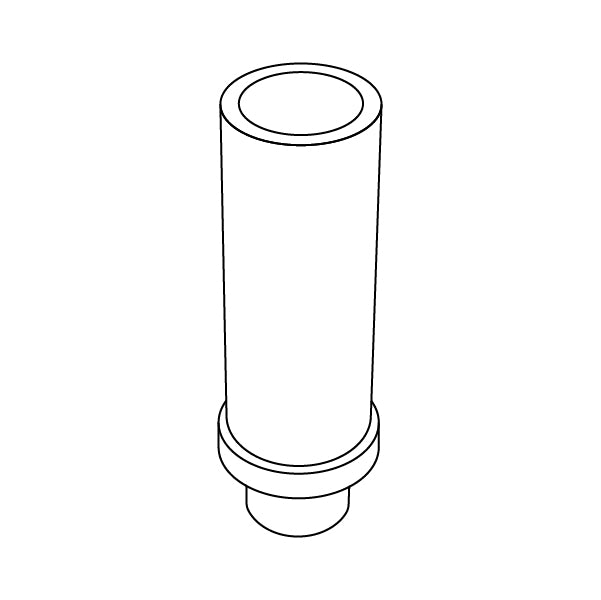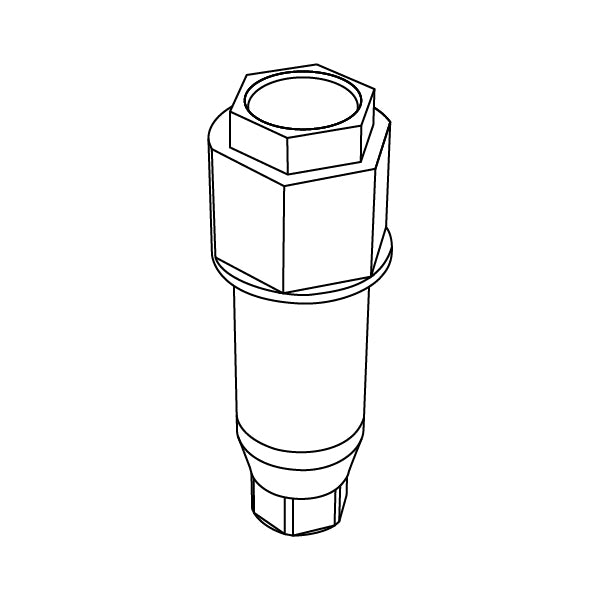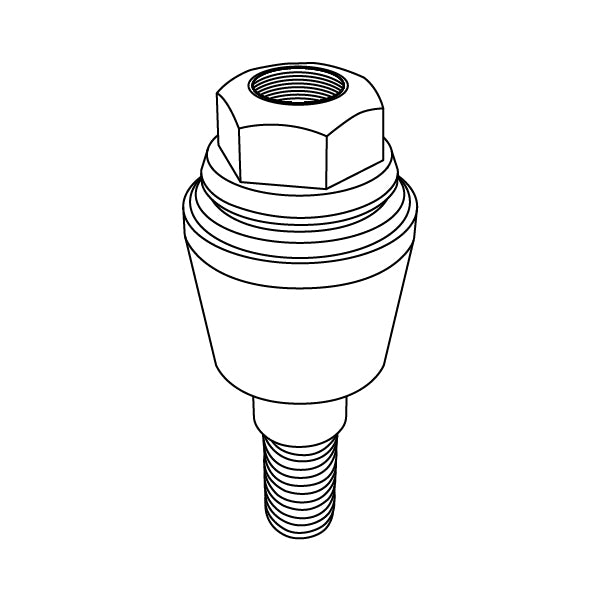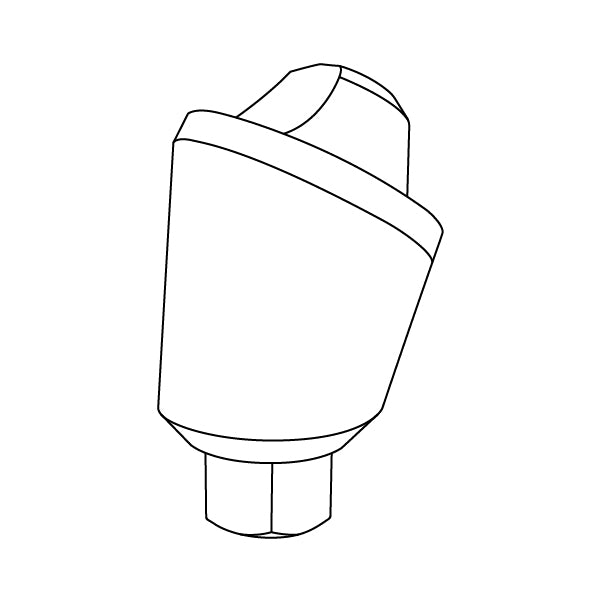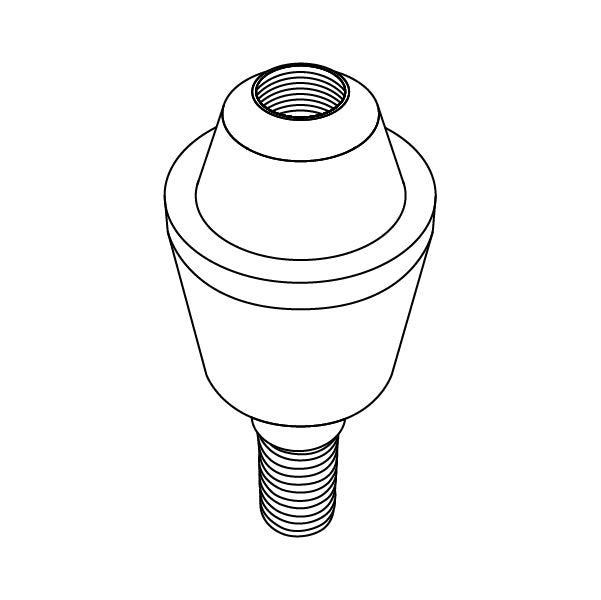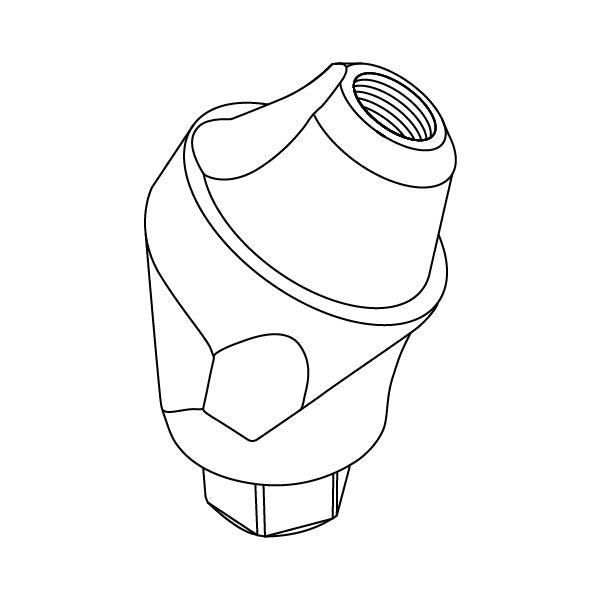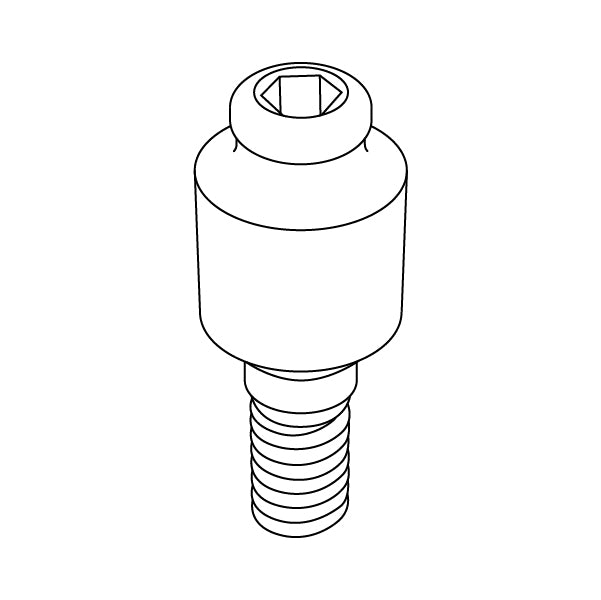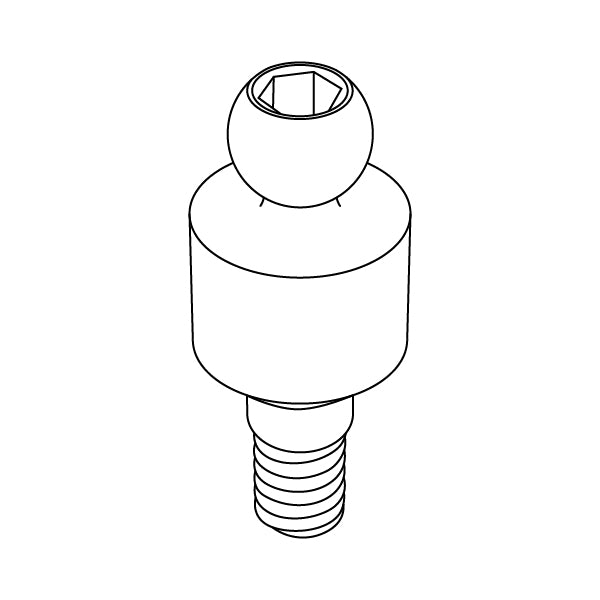Click attachments are a removable denture attachments system that provides a secure and stable connection between a denture and dental implants.
They consist of two components, a male component, which is placed on the implant and a female component, which is placed on the denture.
The two components are locked ("click") together, creating a secure connection.
Available in different designs and connections such as Straight, 18°, and 30°, and made of Titanium grade 5 (TI-6AL-4V ELI), they are commonly used for patients who have lost all of their teeth and need a removable denture and want added stability provided by the dental implants.
They can be used for different types of dentures and are a popular choice among dentists for the ease of use and stability they provide.
They consist of two components, a male component, which is placed on the implant and a female component, which is placed on the denture.
The two components are locked ("click") together, creating a secure connection.
Available in different designs and connections such as Straight, 18°, and 30°, and made of Titanium grade 5 (TI-6AL-4V ELI), they are commonly used for patients who have lost all of their teeth and need a removable denture and want added stability provided by the dental implants.
They can be used for different types of dentures and are a popular choice among dentists for the ease of use and stability they provide.
Open Description
FAQs
Most patients will ask for snap-in dentures or overdentures because they cover the existing implants or teeth. They’re ideal for people who need a natural-looking and durable tooth replacement solution.
While traditional dentures rely on suction and the gums to stay in place, click attachments allow them to adhere to the implant within the jawbone.
Since they offer more stability and can still be removed, the patient cleans them like traditional dentures. However, they’re easier to care for than implants because they don’t require special floss or materials.
Using a click attachment system has many benefits. Patients will enjoy more security and stability. The dentures aren’t as likely to shift while they speak or eat.
Likewise, the dentures will be aesthetically pleasing. Patients often marvel at their natural-looking smiles. Plus, placing dental implants first will prevent jawbone degeneration, which is common after people lose their teeth.
Most patients claim that snap-in dentures, which use click attachments, fit better and are more comfortable to wear daily than traditional versions. You may recommend them as a cheaper alternative to full-on implants.
Overdentures are anchored into the jawbone with implants. Since this is a surgical procedure, there are some risks involved. For example, the patient’s gums could swell or bleed, and it could take many weeks or months for them to fully heal.
Once they’ve healed sufficiently, you will place each click attachment. Though this isn’t necessarily surgical, it will involve a local anesthetic. Again, this can irritate the gums, which can lead to an infection if the patient doesn’t properly care for their mouth.
Sometimes, patients complain of a numb or tingling sensation in the lips, gums, and natural teeth. This type of nerve damage is often minor and goes away within a few months. However, it’s still important to warn them of the potential issue.
Generally, a click attachment has a similar lifespan as a dental implant, which is 10 to 30 years. In most cases, patients will never be required to remove or replace them.
However, it’s important to note that the click attachment is just one component of the overdenture system. Snap-in dentures only last five to seven years, so your patient will likely need them replaced a few times during their lifetime.
You should advise your patient about the potential risks and lifespan of the click attachment and other components. This will allow them to make a more informed decision about their needs now and in the future.

